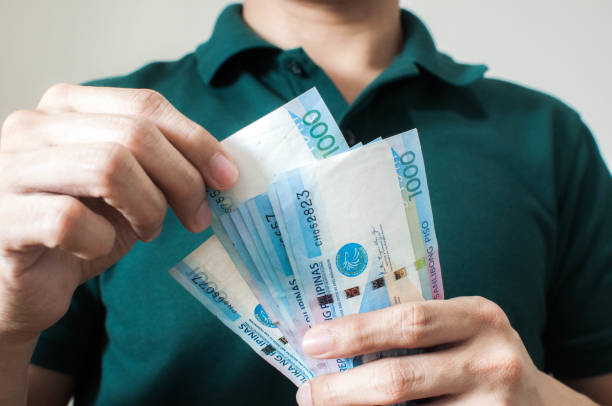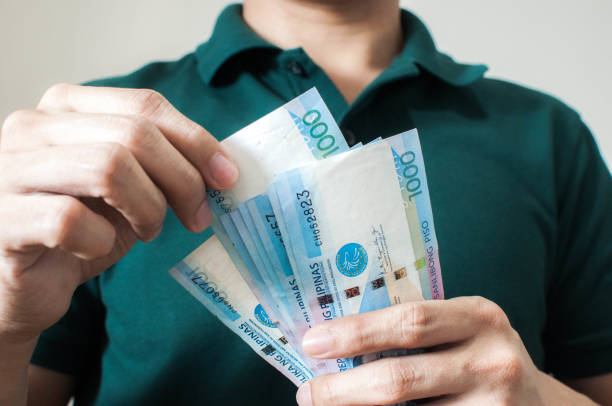
On Wednesday, the Philippine peso surged to the 55-level for the first time in over seven months, closing at 55.84 against the U.S. dollar. This appreciation comes as the greenback struggles with volatility stemming from U.S. President Donald Trump’s trade policies.
Factors Behind the Peso’s Rally
The peso’s recent strength is largely attributed to the weakening of the U.S. dollar, which has faced uncertainty due to Trump’s trade war. Analysts suggest the U.S. economy’s unexpected contraction and concerns over upcoming GDP data have contributed to the dollar’s decline.
Additionally, the Bangko Sentral ng Pilipinas (BSP) noted that the peso’s appreciation has helped keep inflation within the government’s target range, with April inflation estimated between 1.3% and 2.1%. This could give monetary authorities more flexibility in adjusting interest rates to support economic growth.
Implications for the Philippine Economy
A stronger peso has both advantages and drawbacks. On one hand, it helps keep inflation in check, making imported goods more affordable for consumers. On the other hand, it could impact the purchasing power of Overseas Filipino Workers (OFWs), as remittances sent home may be worth less in peso terms.
Economists predict that the peso’s trajectory will depend on upcoming U.S. economic data and potential Federal Reserve rate cuts, which could further weaken the dollar. If the trend continues, the peso may retest its previous low of 55.45 in the coming months.
As global markets remain volatile, investors and policymakers will closely monitor developments in the U.S. economy and trade policies, which continue to shape currency movements worldwide.




